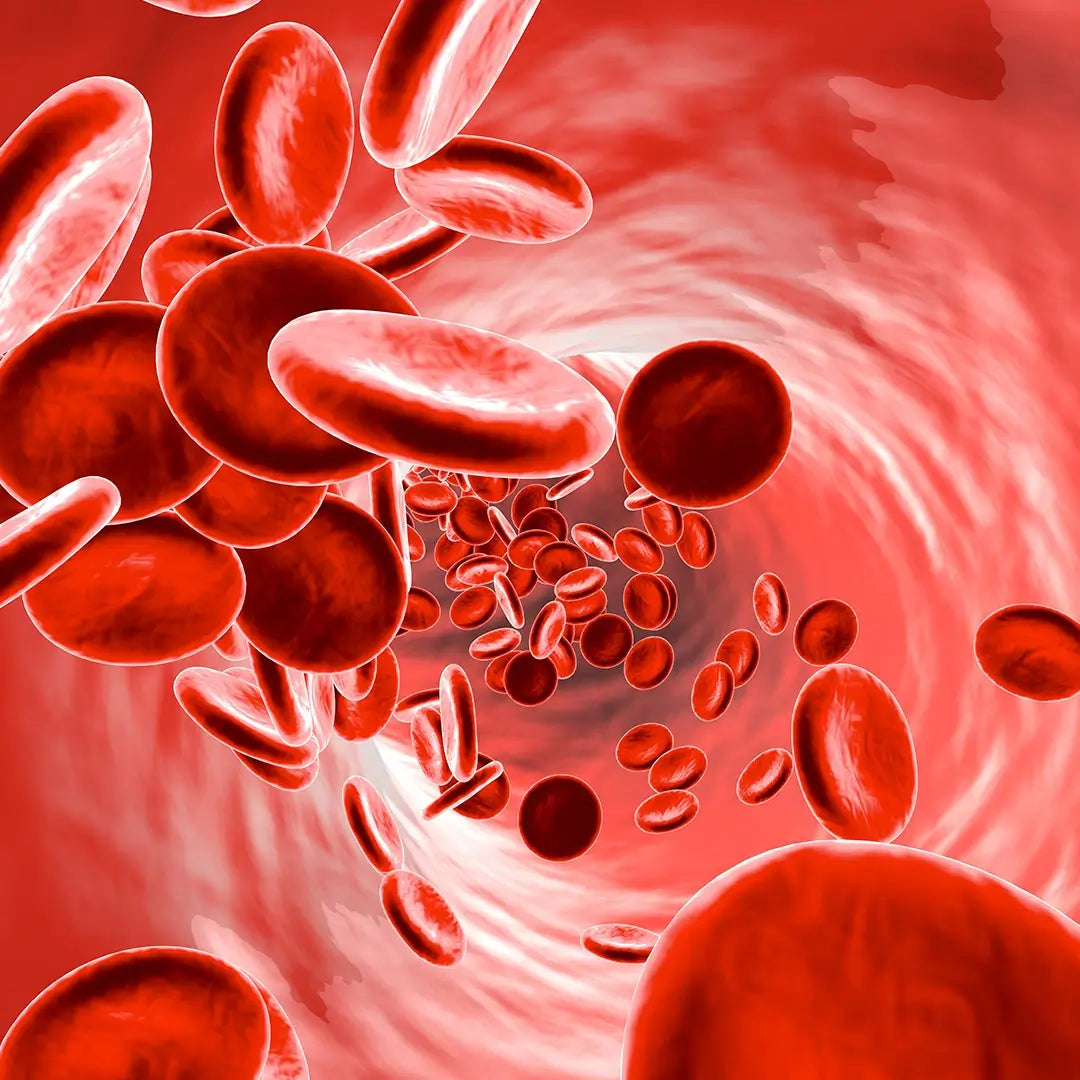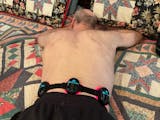Health Benefits of Red Light Therapy: Boosting Immunity and Promoting Cellular Repair
We are always on the lookout for evidence-based, non-invasive treatments that can improve patient outcomes and well-being. Red light therapy (RLT) has proven to be a powerful tool in our treatment options, showing great promise in enhancing immune function and supporting cellular repair. This article will give you a detailed look at the mechanisms behind red light therapy and its practical uses in boosting immunity and aiding in cellular rejuvenation.
Mechanisms of Action in Red Light Therapy
Red light therapy involves the use of red and near-infrared light wavelengths, usually between 600 and 1000 nanometers, to penetrate the skin and target deeper tissues. The main process at work is photobiomodulation, in which mitochondrial chromophores absorb light energy, resulting in a boost in adenosine triphosphate (ATP) production. This increase in cellular energy supports a range of physiological functions, such as enhanced cell function, repair, and regeneration.
Immunomodulatory Effects of Red Light Therapy
A well-functioning immune system is critical for preventing and combating infections and diseases. Red light therapy has been shown to exert several immunomodulatory effects, which include:
Enhancement of Cellular Energy
Enhanced ATP synthesis provides a surge of energy to immune cells like macrophages and lymphocytes, amplifying their functionality and effectiveness in combating pathogenic invaders. This heightened energy level reinforces the innate defense mechanisms of the body, fostering a stronger immune reaction.
Modulation of Inflammatory Pathways
Persistent inflammation has the potential to disrupt the immune system and increase the likelihood of contracting diseases. Research indicates that red light therapy can adjust inflammatory pathways by decreasing the production of pro-inflammatory cytokines and increasing anti-inflammatory cytokines. This harmonized immune response assists in managing chronic inflammatory conditions, reducing symptoms, and enhancing overall immune function.
Lymphatic System Support
The lymphatic system is crucial for supporting immune health by eliminating toxins, waste products, and pathogens. Studies have shown that red light therapy can improve lymphatic circulation, helping to remove harmful substances more effectively and aiding the immune system in maintaining balance.
Cellular Repair and Regeneration
Red light therapy promotes cellular repair and regeneration through several well-documented mechanisms:
Stimulation of Collagen Synthesis
Collagen plays a crucial role in maintaining tissue integrity and promoting wound healing. Studies have demonstrated that red light therapy can activate fibroblasts, leading to increased collagen synthesis and aiding in the restoration of injured tissues. This mechanism is especially advantageous for wound healing, recovery after surgery, and rejuvenation of the skin.
Mitochondrial Function Optimization
The health and repair of cells are heavily reliant on mitochondria. Red light therapy boosts cellular repair by enhancing mitochondrial function, leading to improved DNA repair, tissue regeneration, and overall cellular health. Optimizing mitochondrial function is essential for addressing conditions related to cellular damage and oxidative stress.
Promotion of Angiogenesis
Angiogenesis, the process of forming new blood vessels, plays a crucial role in supplying healing tissues with nutrients and oxygen. Red light therapy stimulates angiogenesis, leading to faster tissue repair and regeneration. This can be especially beneficial for treating chronic wounds, ulcers, and aiding in post-injury recovery.
Clinical Applications and Guidelines
Integrating red light therapy into clinical practice requires understanding its applications and adherence to evidence-based protocols. Here are key considerations:
Clinical Applications
- Chronic Pain Management: RLT has proven to be successful in alleviating pain and inflammation associated with conditions like arthritis and fibromyalgia.
- Wound Healing: Improves the recovery process of persistent wounds, post-surgery cuts, and skin sores.
- Skin Conditions: Effective in managing inflammatory skin conditions such as psoriasis, eczema, and acne.
Guidelines for Effective Use
- Treatment Protocols: It is important to follow treatment protocols based on evidence when it comes to the duration and frequency of sessions, as well as the dosage of light, in order to achieve the best possible results.
- Device Selection: Use FDA-approved red light therapy devices to ensure safety and efficacy.
- Patient Assessment: Perform comprehensive patient evaluations in order to customize RLT treatments according to specific requirements and medical circumstances.
Conclusion
Red light therapy shows great potential as a non-invasive treatment method to improve immune function and stimulate cellular repair. Its capacity to increase cellular energy, regulate inflammation, and aid in tissue regeneration makes it a beneficial tool in contemporary medical settings.
Discover the healing benefits of red light therapy and contemplate incorporating it into your treatment strategies. Keep yourself informed by regularly checking our blog for the most recent studies and medical recommendations regarding cutting-edge healthcare options.
















Share:
The Role of Red Light Therapy in Sports Recovery
The Evolution of Red Light Technology: From Traditional Therapy to Modern High-Tech Solutions